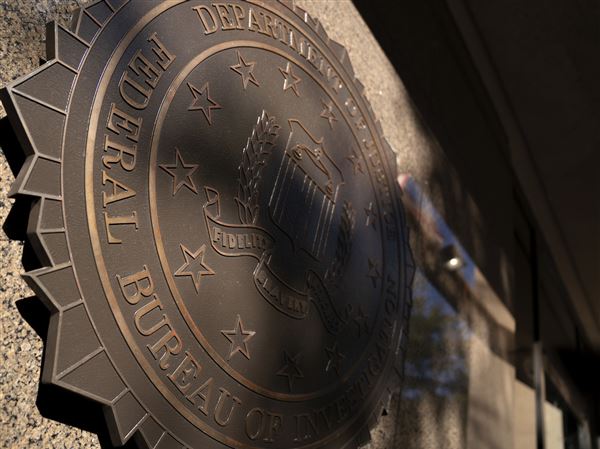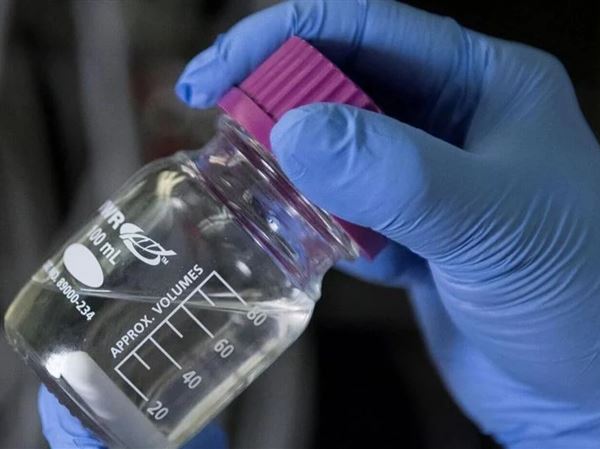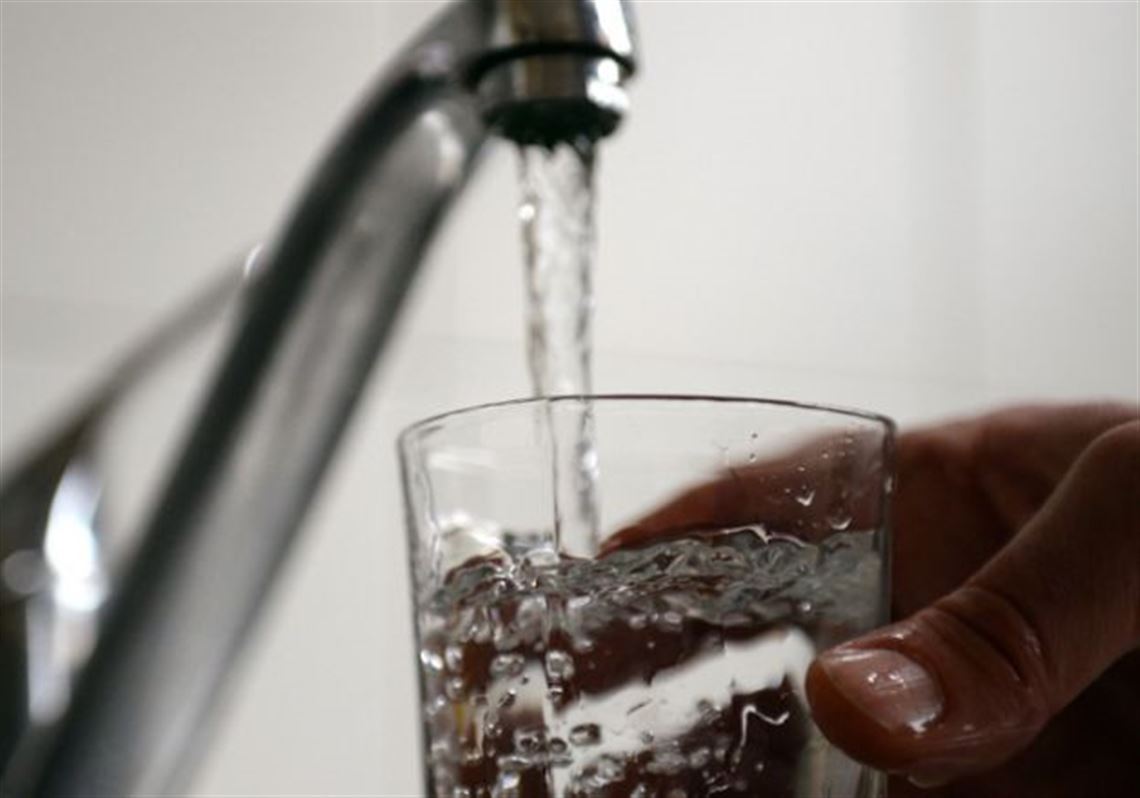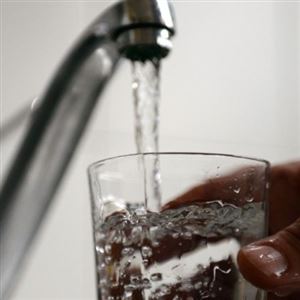New test results show high lead drinking water levels continue to be a problem for some residential customers of the Pittsburgh Water and Sewer Authority, a finding that reinforces the authority’s mandate to step up replacement of lead service lines.
According to the PWSA, tap water tests done at 149 city residences with known lead service lines in December calculated lead at 18 parts per billion — above the state and federal 15 parts per billion action level. The calculation means that 10 percent of the tap water sampled had lead levels that high or higher.
PWSA tests done in June 2016 found lead at 22 parts per billion.
“Given that we’re still in the studying process and haven’t made significant changes in the system, and are sampling homes with lead service lines, we weren’t surprised by the new test results,” said Will Pickering, a PWSA spokesman.
PWSA’s treated water contains no detectable lead, but can pick up lead through corrosion in lead service lines — the pipes that carry water from mains under the street into residences, and from lead soldered pipe joints and interior lead plumbing. It’s a concern because exposure to lead causes serious health problems, especially for young children and pregnant women.
PWSA estimates that 25 percent of its 80,000 customers get their water through lead service lines, but doesn’t know where many of those lines are located.
It has just started the “multi-year process” of reviewing and digitizing old water line records to identify the lead lines, Mr. Pickering said. As it identifies those lines it will make the information available to the public.
Because its tests show lead above the 15 parts per billion action level, the authority must conduct stepped-up testing, and is required to replace at least 7 percent — that’s 1,400 — of its lead service lines a year.
Mr. Pickering said PWSA has replaced 240 lead service lines since June, but he expects that number to increase substantially with the hiring of a new contractor to help with lead line replacement. The authority will try to coordinate replacement of the service lines it owns with linked service lines owned by the property owner.
A breakdown of the December test results show lead was undetectable in 51 of the 149 homes tested, 53 more had lead levels below 10 parts per billion, and 25 more had lead below 15 parts per billion.
Thirty had lead levels above 15 parts per billion, the highest at 160 parts per billion from an attic wash basin that hadn’t been used for at least two years in a home in the 15217 ZIP code. A retest found much lower lead contamination, Mr. Pickering said.
The public interest and PWSA's focus on lead comes after severe lead contamination of the water in Flint, Mich., and a DEP order that criticized the authority's unapproved change of lead corrosion inhibitors in 2014.
The DEP order requires the authority to complete two rounds of lead and copper tap water monitoring this year at residences with lead water supply lines. The next round of tests will be done in June, Mr. Pickering said.
He said the water authority has recently started conducting studies to determine why water lead levels have risen and identify changes in water treatment chemical use that can reduce corrosion from lead pipes.
Don Hopey: dhopey@post-gazette.com, 412-263-1983, or on Twitter @donhopey.
First Published: January 20, 2017, 5:00 a.m.

















